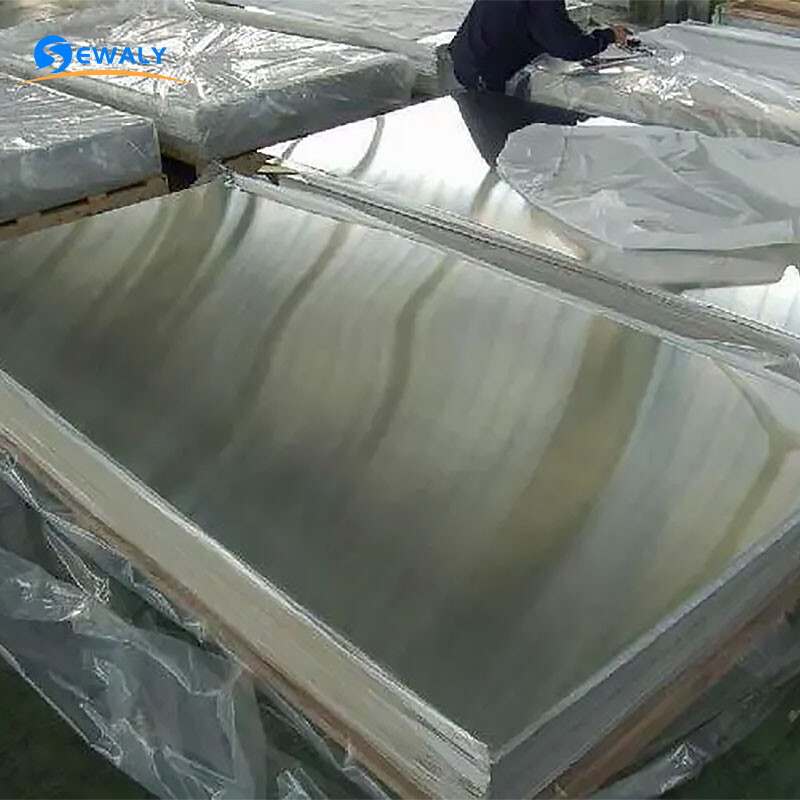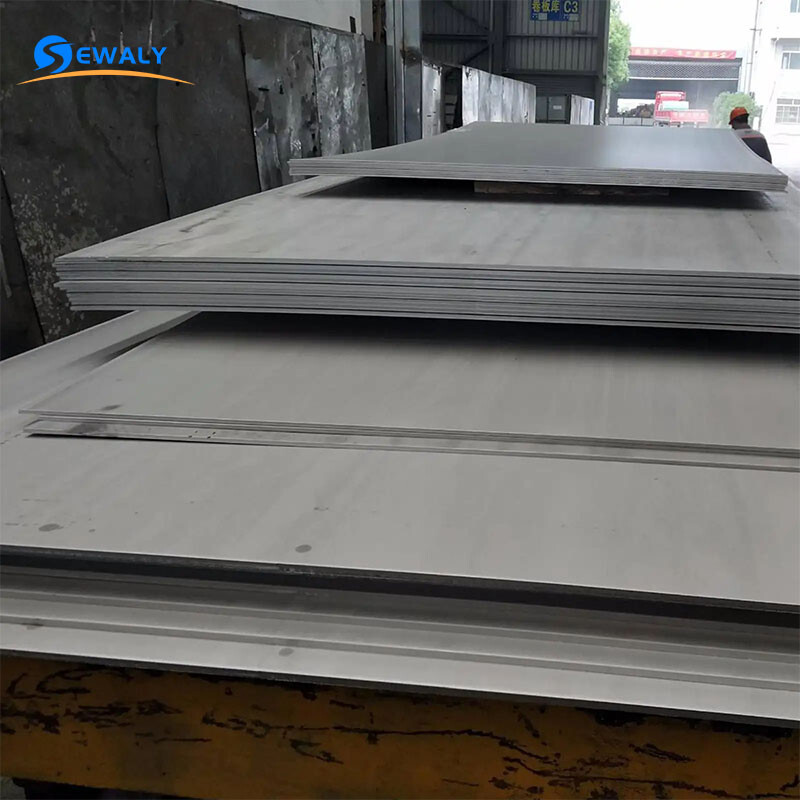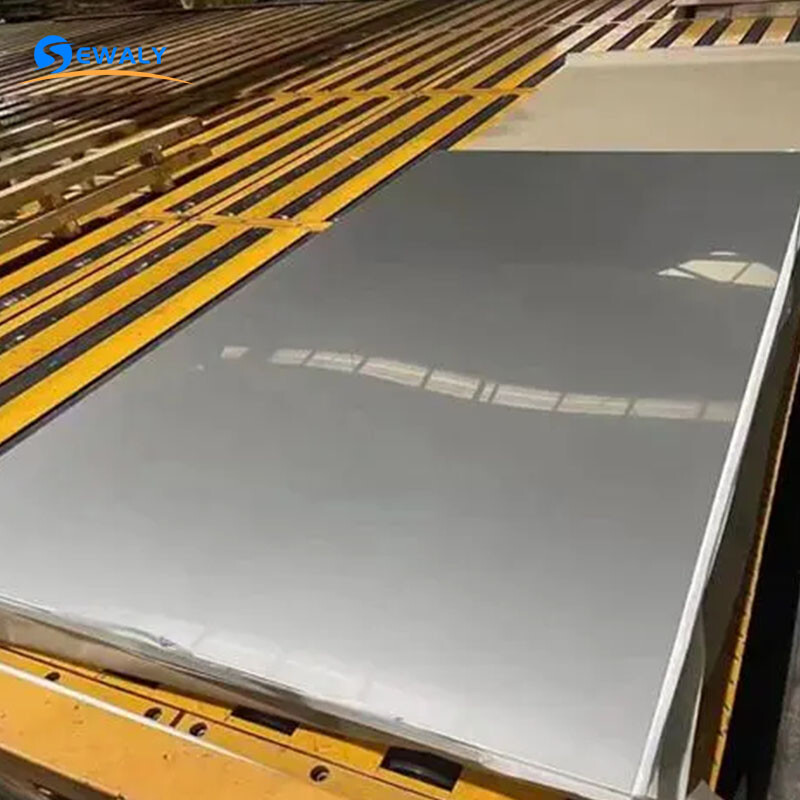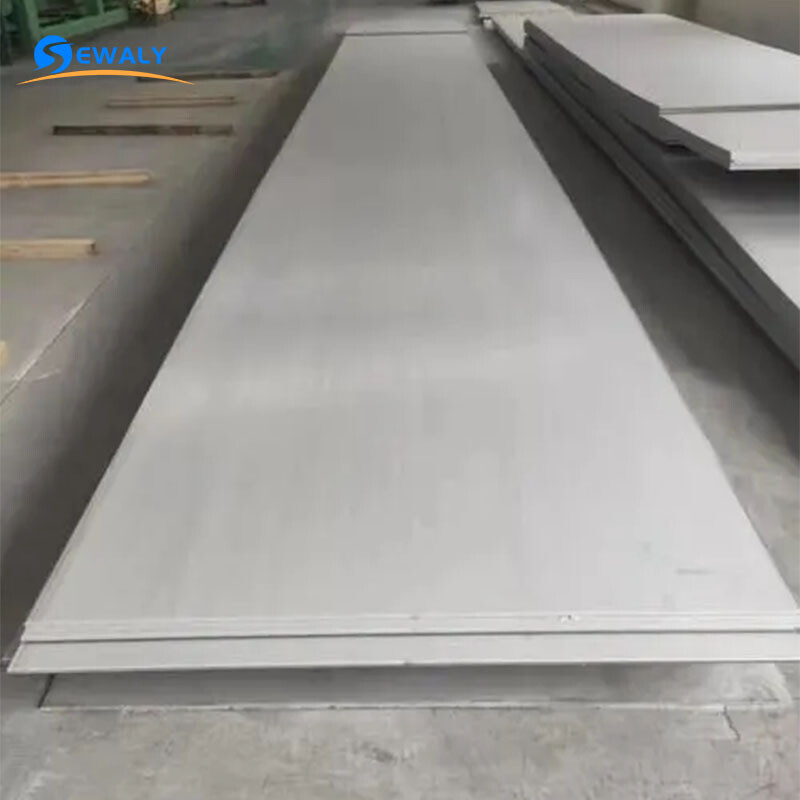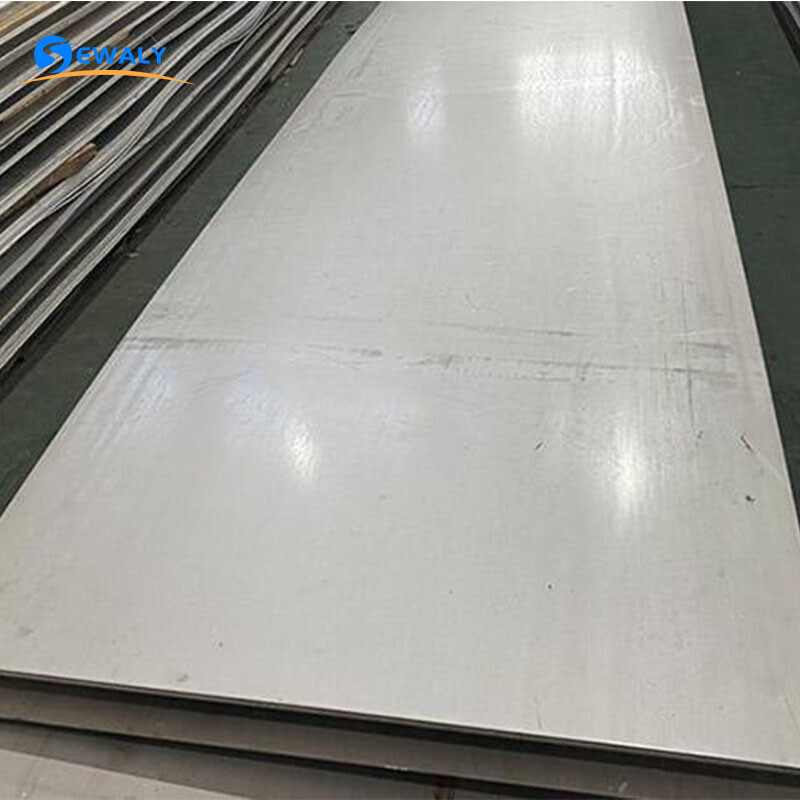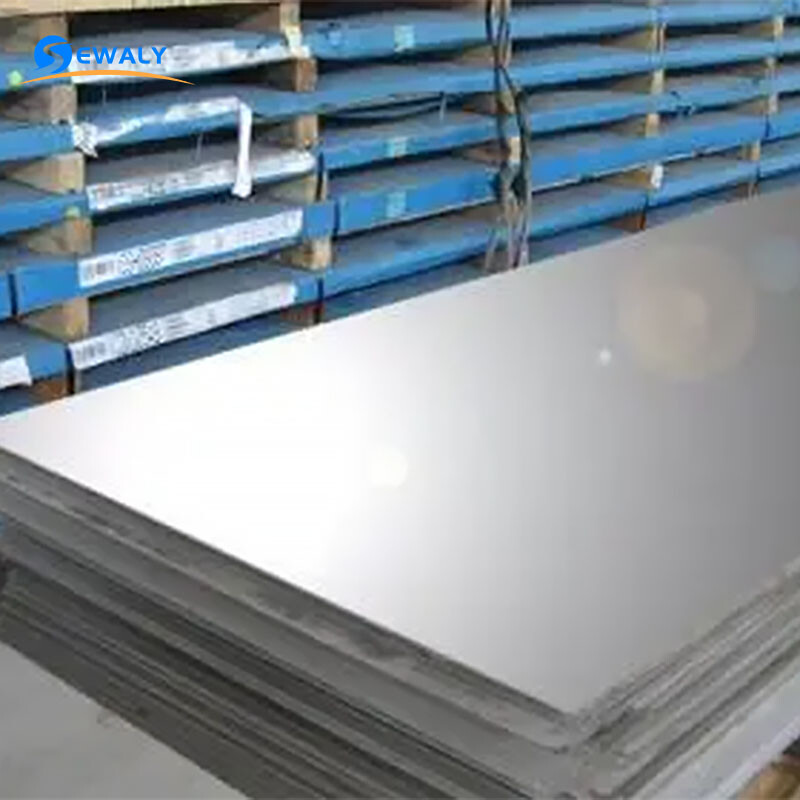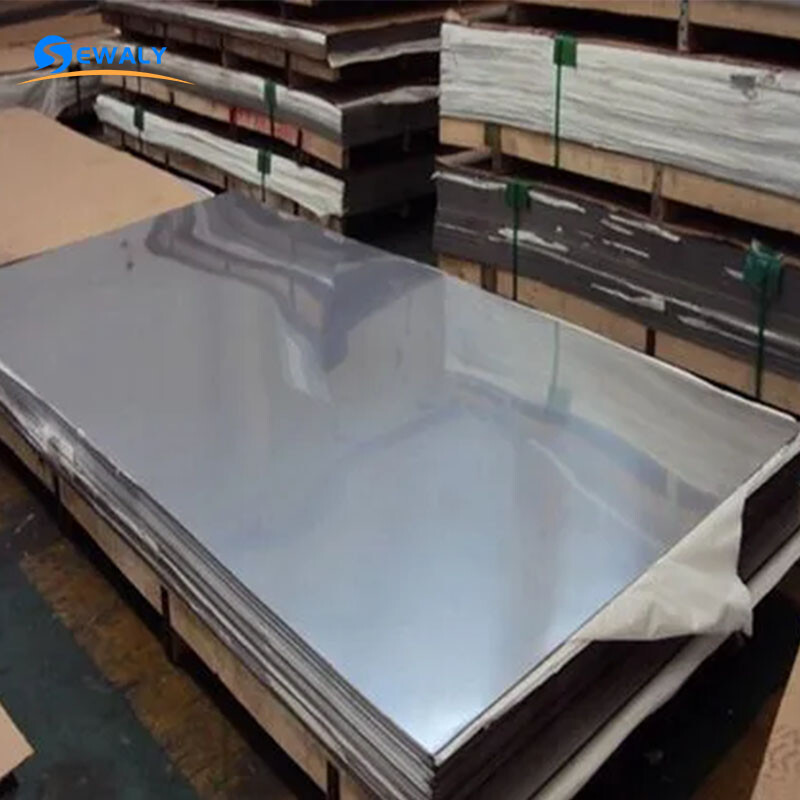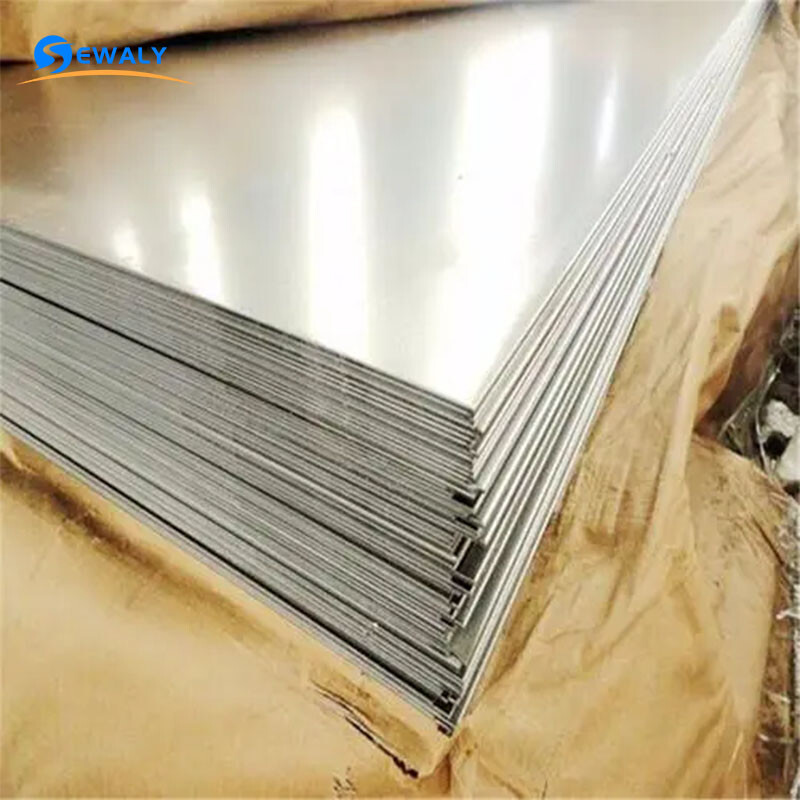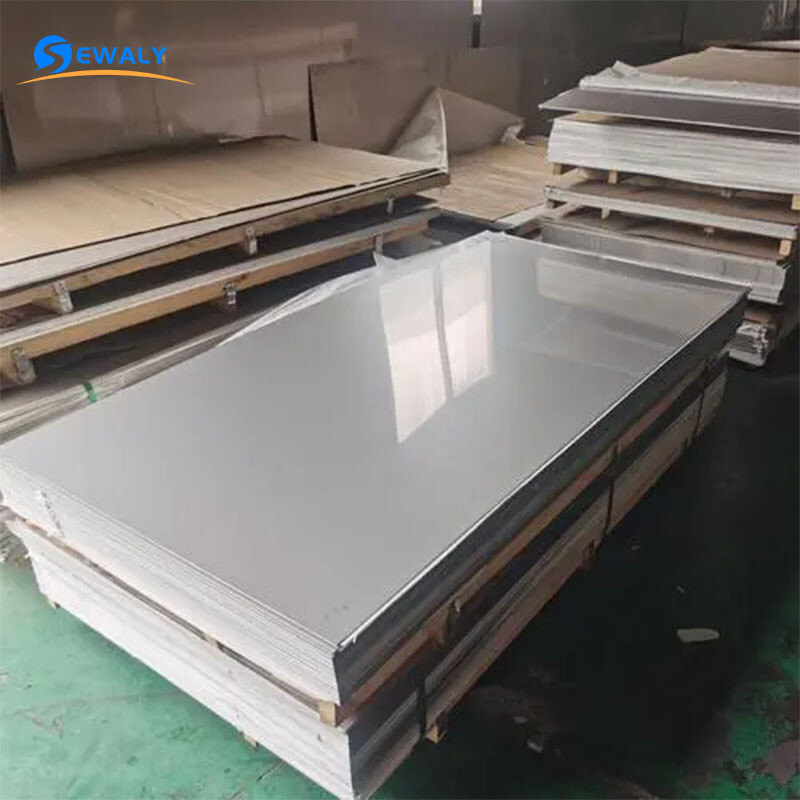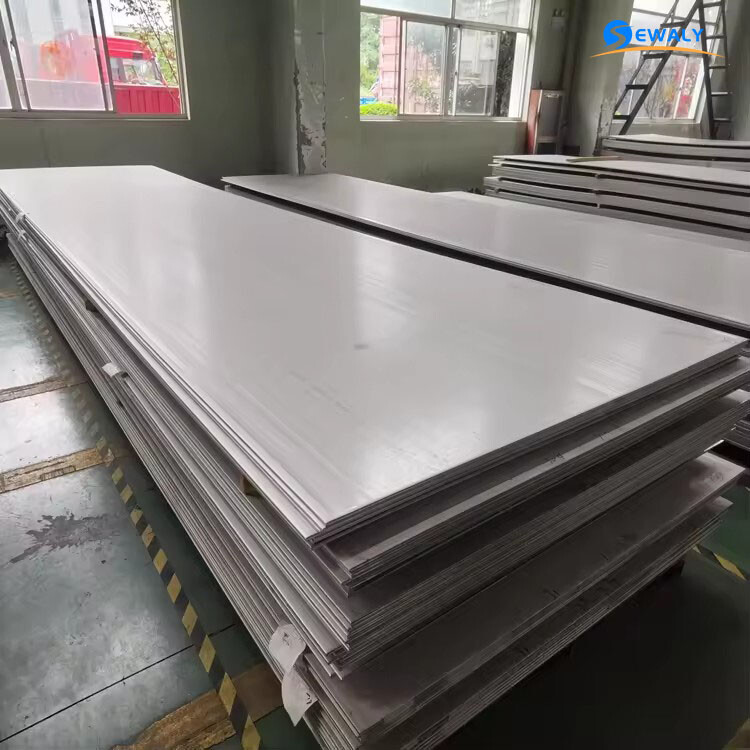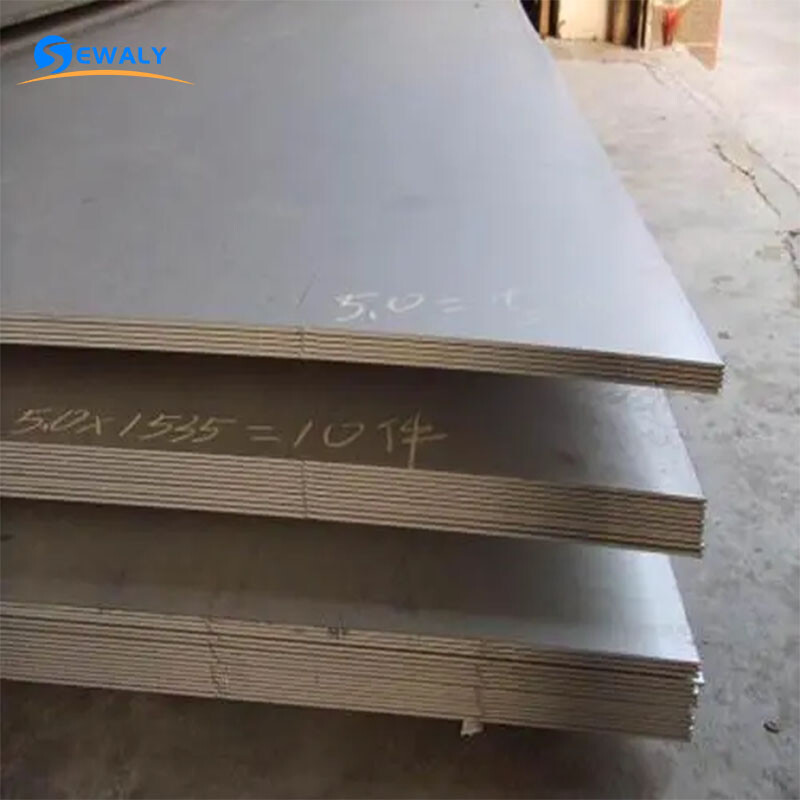Introduction:
1. Low MOQ and Flexible Production Ability.
2. Quick delivery and standard industry exporting package.
3. Best service with quick reply
4. OEM and ODM, welcome customers to visit our factory for better understanding;
5. Value friendship and trustworthy, devote to provide long-term service to our distinguished customers.
Product Introduction
Standard Specification Of 304l Stainless Steel Plate
304L grade stainless steel has many of the same mechanical properties of 304 stainless steel; however ,this grade is an extra low-carbon variation. It has .03% maximum carbon content which helps to remove the carbide precipitation that occurs during the welding process. Because of these characteristics, the 304L stainless steel alloy can be used in the “as welded” condition, even in highly corrosive conditions. Other than this slight variation in its composition 304L stainless steel is used is many of the same applications as 304, and tends to be as commonly found.
Chemical Formula
Carbon .03%, Manganese 2.00%, Phosphorus .045%, Sulfur .030%, Silicon .75%, Chromium 18-20.00%, Nickel 8.00-12.00%, Nitrogen-.10%, Iron- Balanced
304l Stainless Steel Plate Characteristic machining technology
· Density: 8.00 g/cm³
· Electrical Resistivity: 0.72 x10^-6 Ω .m
· Elongation A50 mm: 45 Min %
· Melting Point: 1450 °C
· Modulus of Elasticity: 193 GPa
· Proof Stress: 230 - 210 Min MPa
· Tensile Strength: 520 - 750 MPa
· Thermal Conductivity: 16.2 W/m.K
· Thermal Expansion: 17.2 x10^-6 /K
304L Stainless Steel Plate Mechanical Property ASTM A240:
Tensile strength(Mpa): > 485
Yield Strength (Mpa): 170
Elongation (%): > 40%
Hardness: < HRB90
Stainless Steel Mechanical Properties and Differences
The other key differences between grade 304 and its variant, grade 304L, are between their mechanical properties. Grade 304L has a slight, but noticeable, reduction in key mechanical performance characteristics compared to the “standard” grade 304 stainless steel alloy.
For example, the ultimate tensile strength (UTS) of 304L is roughly 85 ksi (~586 MPa), less than the UTS of standard grade 304 stainless, which is 90 ksi (~620 MPa). The difference in yield strength is slightly greater, with 304 SS having a 0.2% yield strength of 42 ksi (~289 MPa) and 304L having a 0.2% yield strength of 35 ksi (~241 MPa).
This means that if you had two steel wire baskets and both baskets had the exact same design, wire thickness, and construction, the basket made from 304L would be structurally weaker than the standard 304 basket.
However, the density of 304 stainless steel is the same as 304L.
Why Would You Want to Use 304L, Then?
So, if 304L is weaker than standard 304 stainless steel, why would anyone want to use it?
The answer is that the 304L alloy’s lower carbon content helps minimize/eliminate carbide precipitation during the welding process. This allows 304L stainless steel to be used in the “as-welded” state, even in severely corrosive environments.
Online Message
Other Products
Online Message

